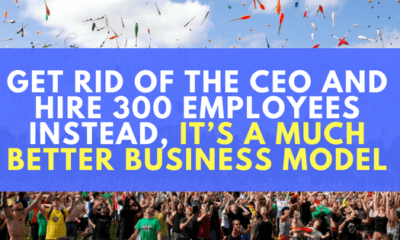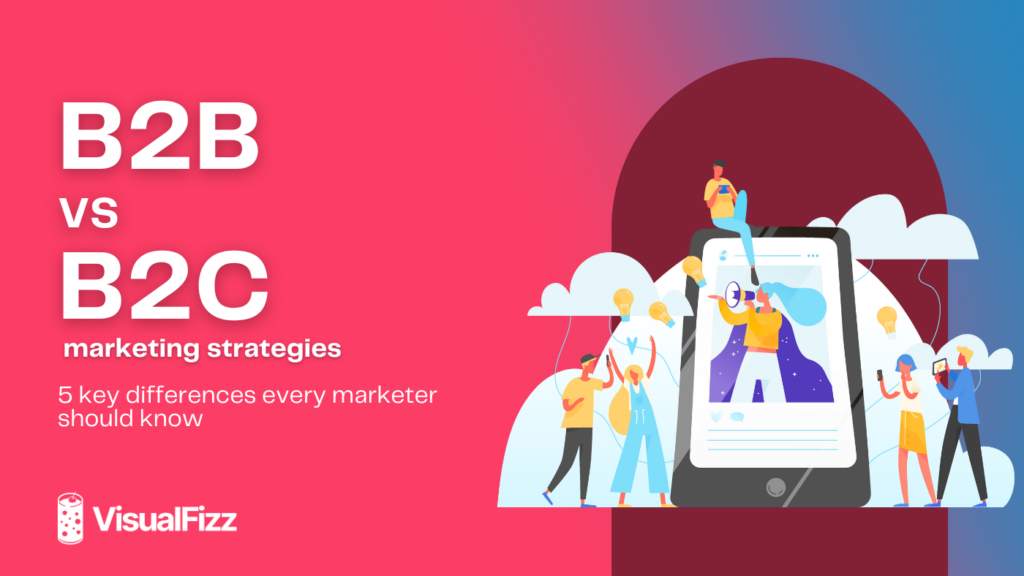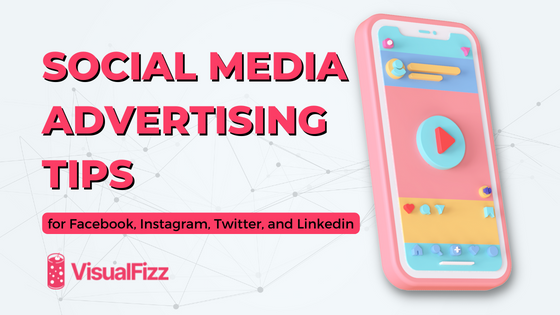
Wage Inequality in the US
If you spend any time on the internet at all, chances are you’ve read or at least seen the masses talk about the ever-elusive concept of ‘productivity’ and how to master it to be successful. We write, watch, and read countless pieces of content about how to be productive, stay productive, define productivity, constantly improve productivity, analyze what causes or disrupts productivity, etc etc.
What exactly is this unicorn concept of what it means to ‘be productive’? What is productivity? Simply put, it’s the amount of economic output (money) produced for each unit of input (work).
For the last 35 years, overall economic productivity in the United States has been on a steady upward climb. From an economic standpoint, this is great news. It means that the workforce in the United States is continuing to become more productive, and, as a result, the economy is growing. As positive as all of this sounds, there’s still one very large piece of the puzzle that doesn’t quite fit.
That piece is the growing wage inequality between productivity, CEOs, and the working force.
The Start of the 35-Year Wage Gap

Taking a look way back between 1948 and 1973, the economy was booming, CEOs were making great money, and more importantly, so was the working force. In fact, within those years, the Economic Policy Institute found that productivity soared by a staggering 96.7% and hourly compensation grew by 91.3%.
If business was better because of its workforce productivity, naturally, the workers were rewarded with better compensation. It only makes sense. Unfortunately, after 1973, there began a small but noticeable gap in the growing productivity and average hourly compensation. If businesses and the economy were doing better, why was worker pay stagnating?
As it turns out, what started as a small wage gap has continued to grow at an incredible rate since 1973 and is reaching new highs every year. While there are several factors at play, wage inequality has been the single largest driving factor behind this alarming divergence. If worker pay has been suffering all of this time, surely their top leaders and CEOs are in the same boat, right?
How Much are CEOs Really Earning?
At first, CEO salaries were also suffering from the productivity gap, but their pain was short-lived and wage inequality soon took over. The Economic Policy Institute shared that from 1978 to 2013, CEO compensation, with adjustments made for inflation, increased by 937%, a rise that was more than double stock market growth. In that same period, a typical worker’s compensation grew by a mere 10.2%. With such a large increase, we have to wonder what CEOs are currently bringing in, and is this high salary deserved and well-justified?
In 2016, Bloomberg reported that the average CEO in the United States is making $16.95 million per year, while the average worker is only making just over $56,000. This means that the average CEO is worth nearly 300 employees. That leads to the following question: is one CEO really more productive than 300 employees?
One report reveals that the peak of the CEO-to-worker compensation ratio in the United States happened in 2000 when it reached a record-holding high of 383.4-1. While the ratio has decreased slightly since then, we continue to see a substantially large wage gap between CEO and worker.

To compare, the report also shows what CEOs make in other prosperous countries, converted into United States dollars. In Japan, for example, the average CEO makes $2.40 million, or the equivalent of 62 employees. Austrian CEOs make an annual salary of $2.21 million, or the equivalent of 46 employees.
The United States is clearly leading the pack, with Switzerland CEOs in second place at $10.58 million per year (the equivalent of 179 workers). Given these examples, it’s evident that the wage inequality gap has gotten out of control.
Though it may be hard to crunch the numbers to find out exactly how much more productive 300 employees would be, think of it this way: If you cut the CEO’s salary to be even the standards of other countries, are you able to then add more workers to the company? To continue this thought, if we were to decrease US CEOs’ salaries to that of Austria’s CEOs’, are we able to supplement over 250 new jobs to the company?
Related Reading: When Entrepreneurship Meets Freelancing
So, Why Do Most of Us Get the Short End of the Stick?
Why are so many individuals stuck at the bottom of the pay scale, with so few on the very top of it? To help shed some light on this elusive question, a report discussed earlier, made by the Economic Policy Institute, says that since 2000, more than 80% of the divergence between a typical (median) worker’s pay growth and overall net productivity growth has been driven by rising inequality.
What that means is that lesser and lesser amounts of generated income are going to the employees, and are instead being absorbed by the capital owners (CEOs). Sure, greed plays a definite role, but so does a growing lack of value that companies place on their working force employees.
The Risk of Productivity Stagnation
As inflation continues to rise and wage stagnation becomes more and more of an issue, what will end up happening to productivity? While this is mostly speculative, it’s only a matter of time until the workforce decides to push this ugly wage inequality issue into the sunlight.
There are always going to be workers who feel like they’re not valued enough by their company, but when a large enough group of employees collectively feel the same way, the economic effects can be substantial. The wage gap can only continue to increase for so long until it too stagnates and change (equality) becomes the only next step.
Signs of slowing productivity have already begun to show. In 42 years (1973-2015), productivity has only grown by 73.4% compared to that of 96.7% during the 25 year period between 1948-1983. It’s possible that the slowed rate of productivity is largely due to the lack of proper wage growth and wage inequality for workers.

Is Wage Equality Really That Crazy?
Now listen. We are not pushing a socialist regime on corporate America. All we are saying is that it may make sense to increase employee wage and decrease CEO salaries to lessen the wage inequality gap. There must be a hierarchy in place that allows for employee wages to increase on at least a similar incline to the company’s value. Just like any organization, a CEO, as well as his or her team, should receive bonus compensation if the company does particularly well in a single year.
We don’t think the concept of compensation correlating with quality and output of work is so crazy.
Here’s a thought:
If 300 employees were to replace a CEO, there’s a pretty good chance that productivity would increase. This isn’t a ludicrous idea. It’s been implemented in many places, such as The Dairy Farmers of America, who as a Co-Op had a revenue of approximately $13.5 Billion dollars last year (not anything to scoff at). Or the concept of the ‘Kibbutz’, wildly popular in Israel, which is where small communities live in a communal setting and work for the greater good of their small group. Yes, this is a bit more complex than lowering the CEO’s salary, but these shifts to an individual’s fair share of the company profit have proven itself to be extremely successful.
While these ideas sound like grand speculations that are impossible to implement, it only seems that way because of how accepting (and blind) most of us are to the substantial problem of wage inequality. Regardless of the methods taken to address the economic issue, something needs to be done about the ever-growing wage gap between CEOs and employees.
Publishing Date:







